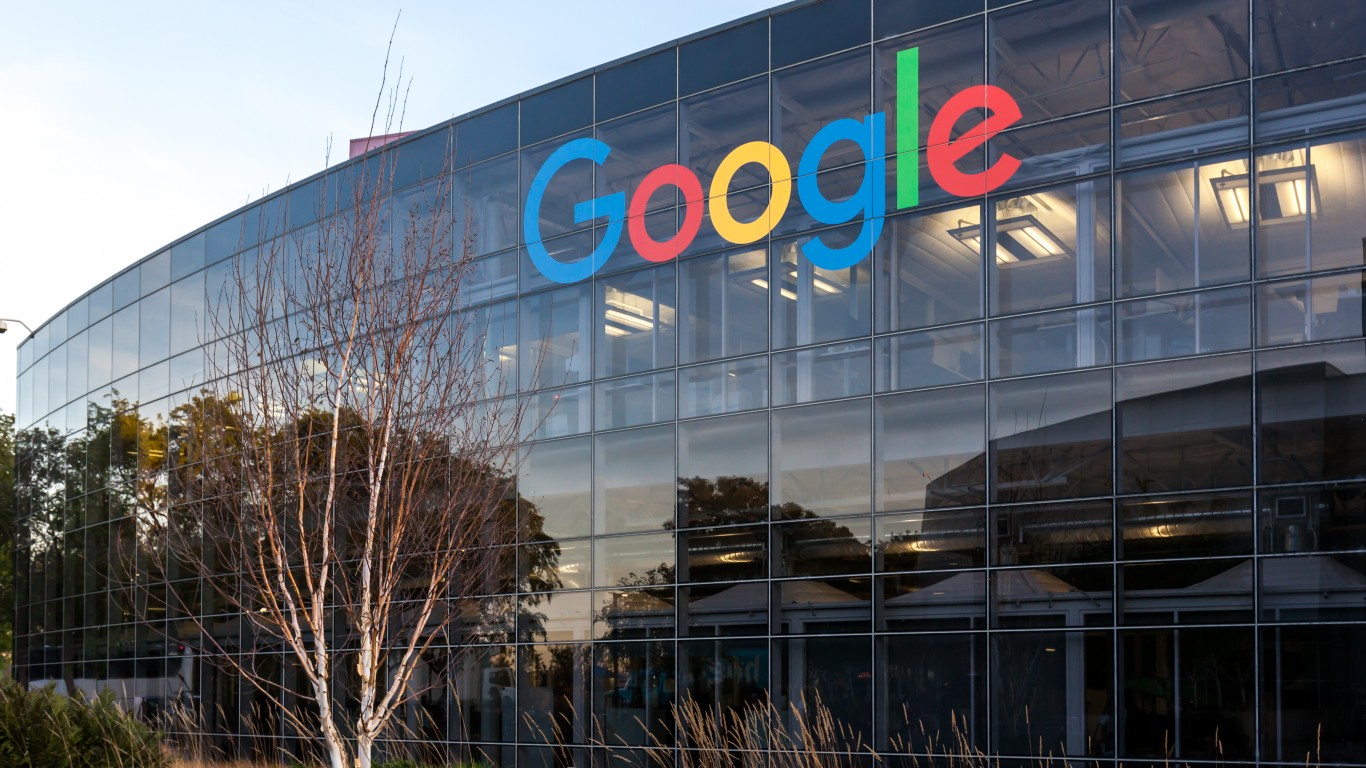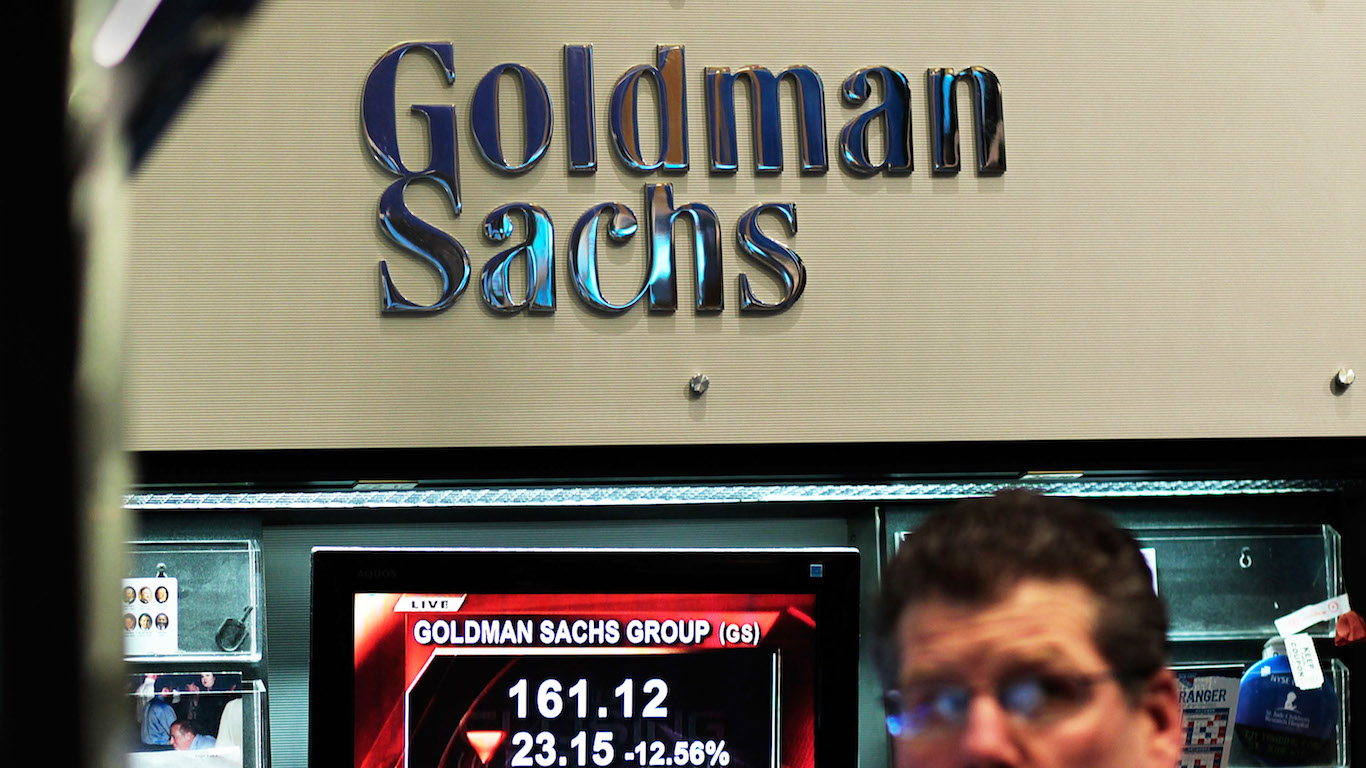 In the absence of an agreement on a new US debt ceiling, the US government will stop paying its bills on Tuesday, August 4th, and, just like the rest of us, when that payment is missed our credit rating goes down and the next time we go looking for credit, new borrowing usually costs more. A similar chain of events effects corporations too.
In the absence of an agreement on a new US debt ceiling, the US government will stop paying its bills on Tuesday, August 4th, and, just like the rest of us, when that payment is missed our credit rating goes down and the next time we go looking for credit, new borrowing usually costs more. A similar chain of events effects corporations too.
Take General Motors Co. (NYSE: GM), Ford Motor Co. (NYSE: F), and Toyota Motor Corp. (NYSE: TM). In the event of a US default, the cost of borrowing will almost surely rise. Every supplier to these and other automakers will also pay more to borrow, raising their costs. The car makers would face trying to sell new, more expensive cars to customers who will be paying more for expensive cash to buy more expensive cars. Every car maker faces the same issues, so why, then, did GM post a new 52-week low this morning?
New car sales have been weak for the past few months due to the effects of the Japanese hurricane and tsunami which have put a significant crimp in the supply of parts. Auto analysts and the car makers themselves have been looking for total auto sales in 2011 of 13-13.5 million new cars. Expectations for the July report on seasonally adjusted annual sales is forecast to in around 12 million new car sales in 2011, off about -8% from the lower end of the previously expected range.
Higher prices in May and June, as a result of the parts shortages, kept a lid on incentives. Industry analysis firm Edmunds.com projects GM’s July sales to be be 4.6% higher than July 2010 sales, but up only 0.7% sequentially. Toyota’s year-over-year sales are expected to be off by -23.5%, but up 21.2% annually, as the effects of the parts and inventory issues caused by the disasters in Japan begin to fade.
GM’s market share in July is expected to fall by -0.1% sequentially, but the company will remain the market share leader by a margin of nearly 3% over Ford and more than 7.5% over Toyota.
Gasoline prices have been rising again, although crude oil is down nearly -2% today as worries about the debt ceiling and a weak second quarter GDP report dampen enthusiasm for everything but gold. GM does face some serious competition from Hyundai and Volkswagen and other car makers, but its sales in China have been strong, with more than 1.27 million cars sold in the first six months of 2011.
Ford is targeting China as well, but the company is thinking longer-term. It expects to sell 8 million vehicles globally by 2012 and it further expects nearly one-third of sales to come from Asia, doubling its current sales rate.
Higher gasoline prices, more expensive parts, more expensive credit both for the companies and car buyers, more competition, still weak consumer confidence — all these add up to a down day for automakers. GM’s shares fell by nearly -3% in the first half-hour of trading this morning before getting more than half of that back later in the day.
Toyota’s expected recovery in July is also a threat to GM’s current market share leadership going forward. And Toyota can be a formidable competitor. That, more than any other single factor, is the likely cause of GM’s dismal Friday.
Paul Ausick
It’s Your Money, Your Future—Own It (sponsor)
Are you ahead, or behind on retirement? For families with more than $500,000 saved for retirement, finding a financial advisor who puts your interest first can be the difference, and today it’s easier than ever. SmartAsset’s free tool matches you with up to three fiduciary financial advisors who serve your area in minutes. Each advisor has been carefully vetted and must act in your best interests. Start your search now.
If you’ve saved and built a substantial nest egg for you and your family, don’t delay; get started right here and help your retirement dreams become a retirement reality.
Thank you for reading! Have some feedback for us?
Contact the 24/7 Wall St. editorial team.





